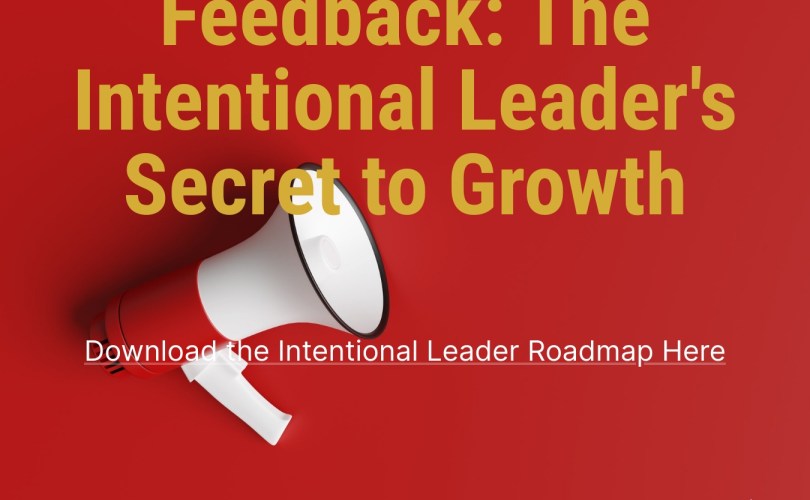Struggling to give feedback that actually inspires change? Or maybe you’re tired of shutting down when someone points out your blind spots. Here’s how to turn feedback into your most powerful leadership tool—at work and at home.
Feedback is one of the most underrated superpowers in intentional leadership. Whether you’re in the boardroom or around the dinner table, it’s the invisible thread that builds trust. It sparks growth and strengthens relationships.
But let’s be real: Most people either avoid giving feedback altogether. Others deliver it in a way that causes more harm than good. On the flip side, we often shut down when receiving it. We mistake it for criticism. We don’t see it as a gift.
Imagine a world where your feedback doesn’t sting—it empowers. Where receiving feedback doesn’t feel like a gut punch—but a growth opportunity. That world is possible, and I’ll show you how to create it with intention.
How Can I Give and Receive Feedback That Inspires Growth Without Causing Tension?
Poor feedback habits create walls, not bridges. Many high-performing leaders struggle with giving feedback that lands, and receiving it without becoming defensive. It’s a silent killer of alignment and clarity—two essentials for any intentional leader.
To build trust and impact through feedback, use this simple yet powerful framework:
Frame It with Clarity
Set the tone with intention. Start by being clear about the why behind the feedback. Are you trying to help them grow? Solve a problem? Offer perspective? Clarity leads to curiosity, not combat.
Focus on Growth
Instead of pointing out flaws, point toward what’s next. Focus on behavior, not identity. Make it about future improvement, not past mistakes.
Foster Dialogue
Don’t just drop feedback and run. Create space for a two-way conversation. Ask questions. Listen. Feedback should feel like a collaboration, not a confrontation.
Feedback is one of the most underrated superpowers in intentional leadership.
What If Feedback Isn’t Well-Received or Feels One-Sided?
Not everyone is ready to hear feedback, and not everyone gives it well. When feedback isn’t received, it can feel personal. When it’s one-sided, it feels like judgment.
That’s why feedback must be relational, not just functional. Use the RELATE Framework from my Synergize Pillar:
- Reveal: Share your intent.
- Empathize: Consider their perspective.
- Listen: Make space for their response.
- Align: Work toward shared understanding.
- Trust: Build it over time.
- Elevate: Focus on the bigger picture.
This approach shifts feedback from a threat to an opportunity for connection.
Feedback Is a Bridge, Not a Barrier
Intentional leaders don’t fear feedback—they leverage it. Whether leading teams or parenting with purpose, the ability to give and receive feedback is a game-changer. When done right, it builds trust, clarity, and alignment.
Call to Action
Ready to make feedback your leadership superpower?
Subscribe to the Intentional Leader Newsletter. Receive my FREE Intentional Leader Roadmap. Also, get a bonus Purposeful Planning Worksheet and Action Alignment Checklist to level up your leadership.
Interactive Poll
How do you usually feel when someone gives you feedback?
⭐ Confident and open to grow
😔 Defensive but trying to listen
🤷️ Unsure what to do with it
Reply in the comments and hit the reaction that fits you best!
Discover more from REDEN DIONISIO
Subscribe to get the latest posts sent to your email.







